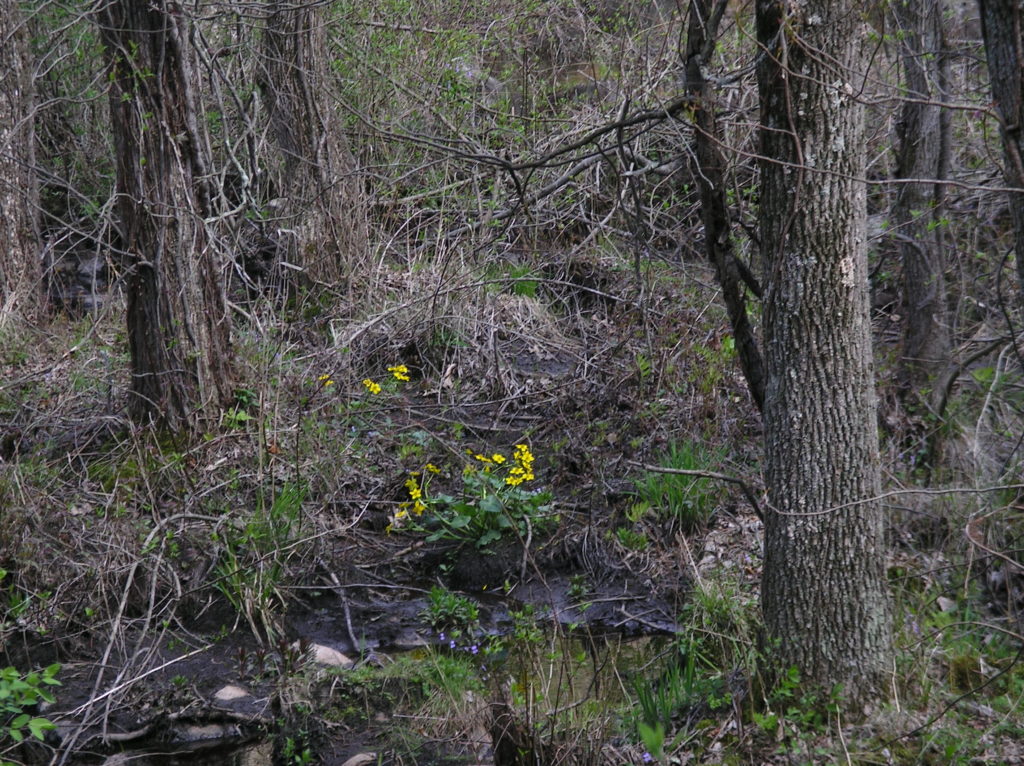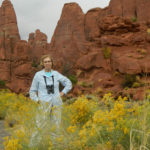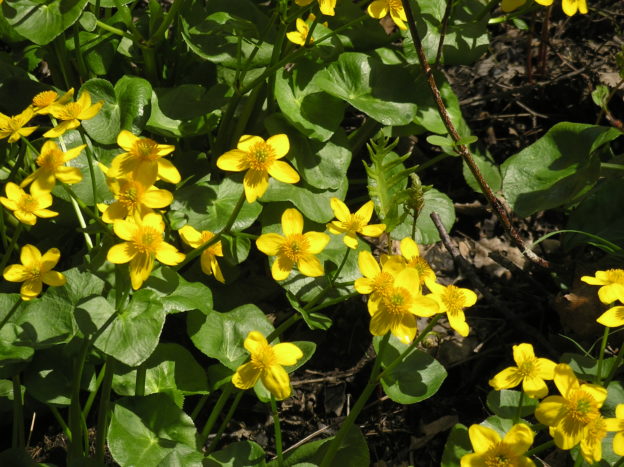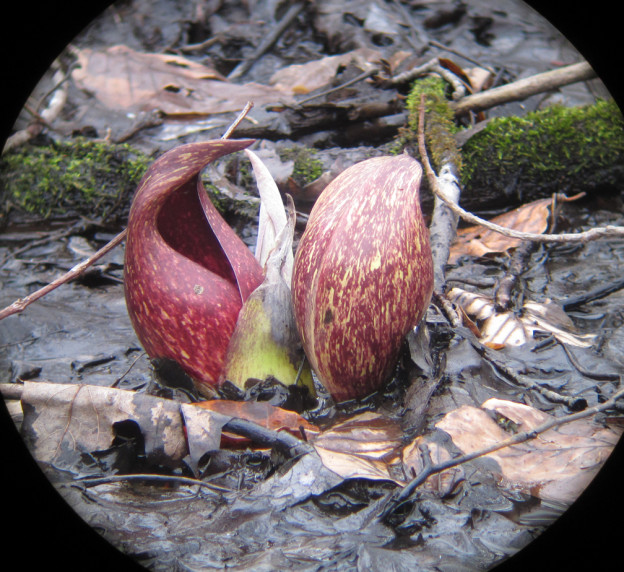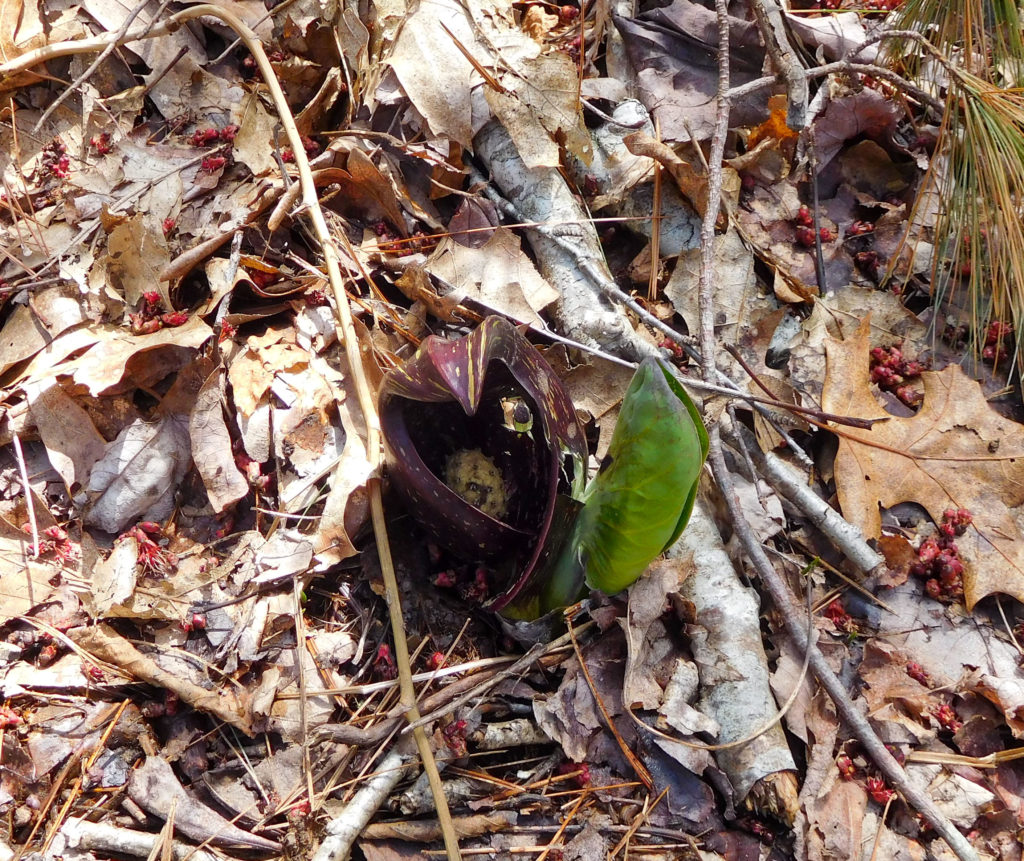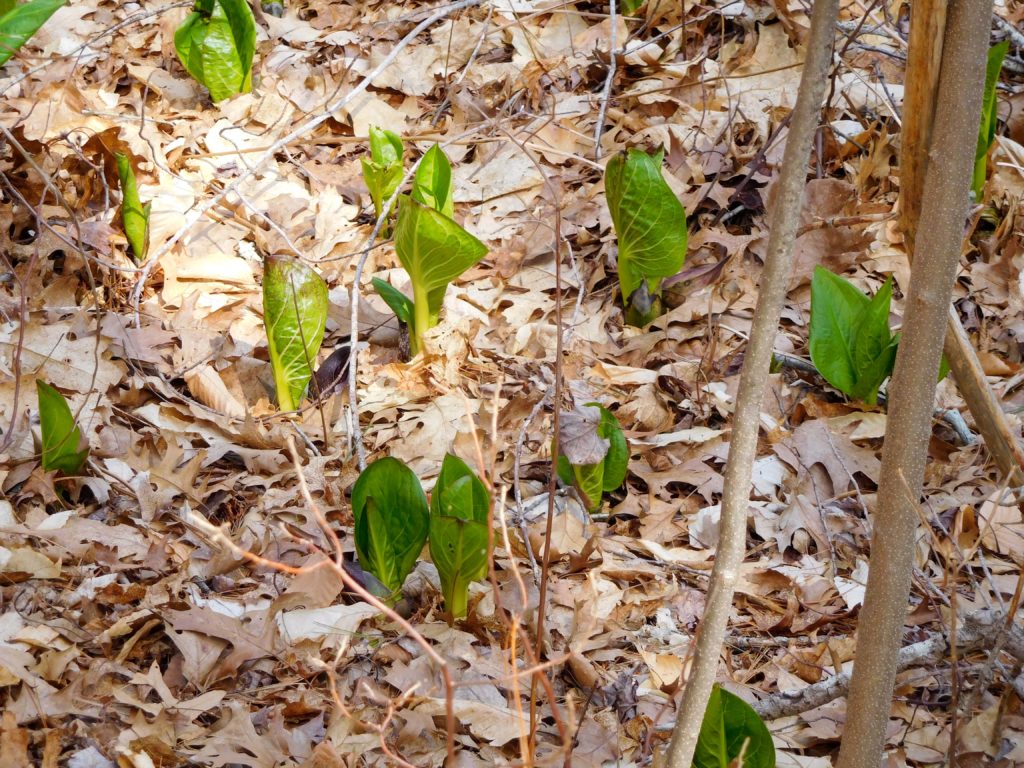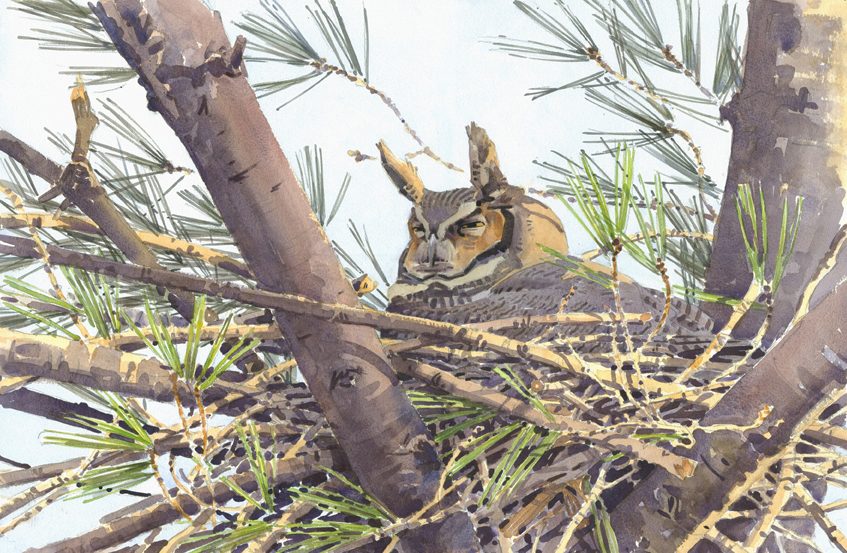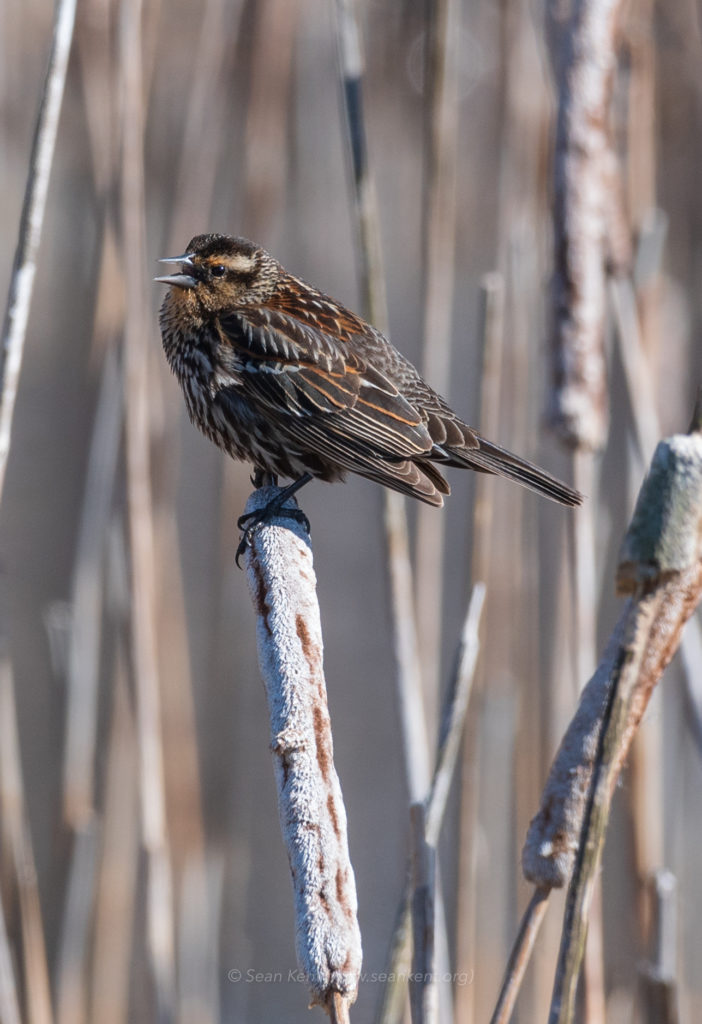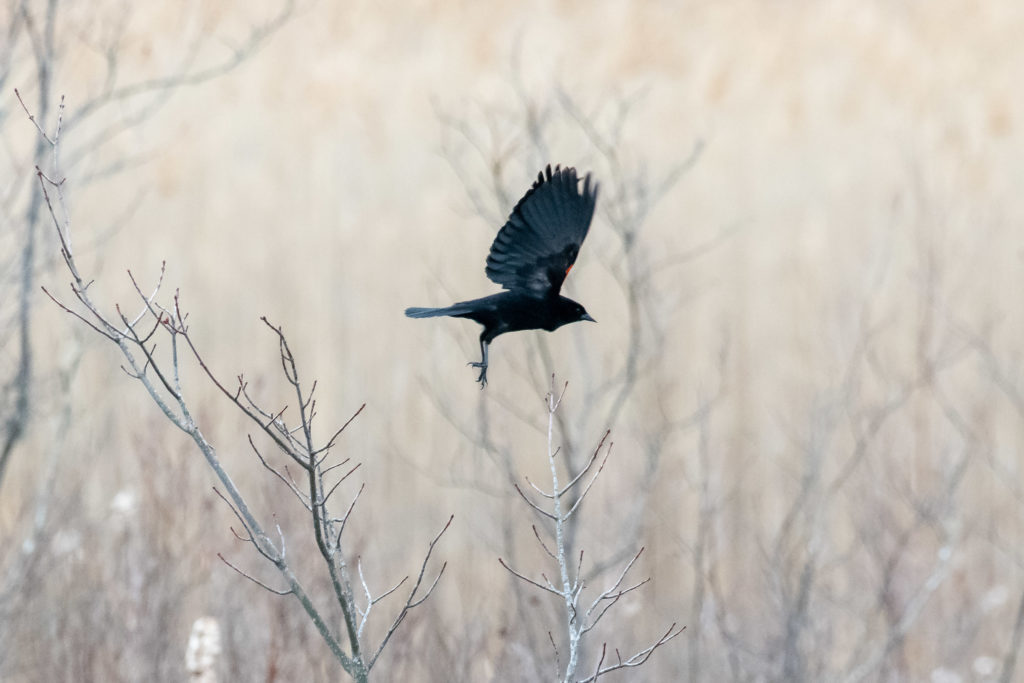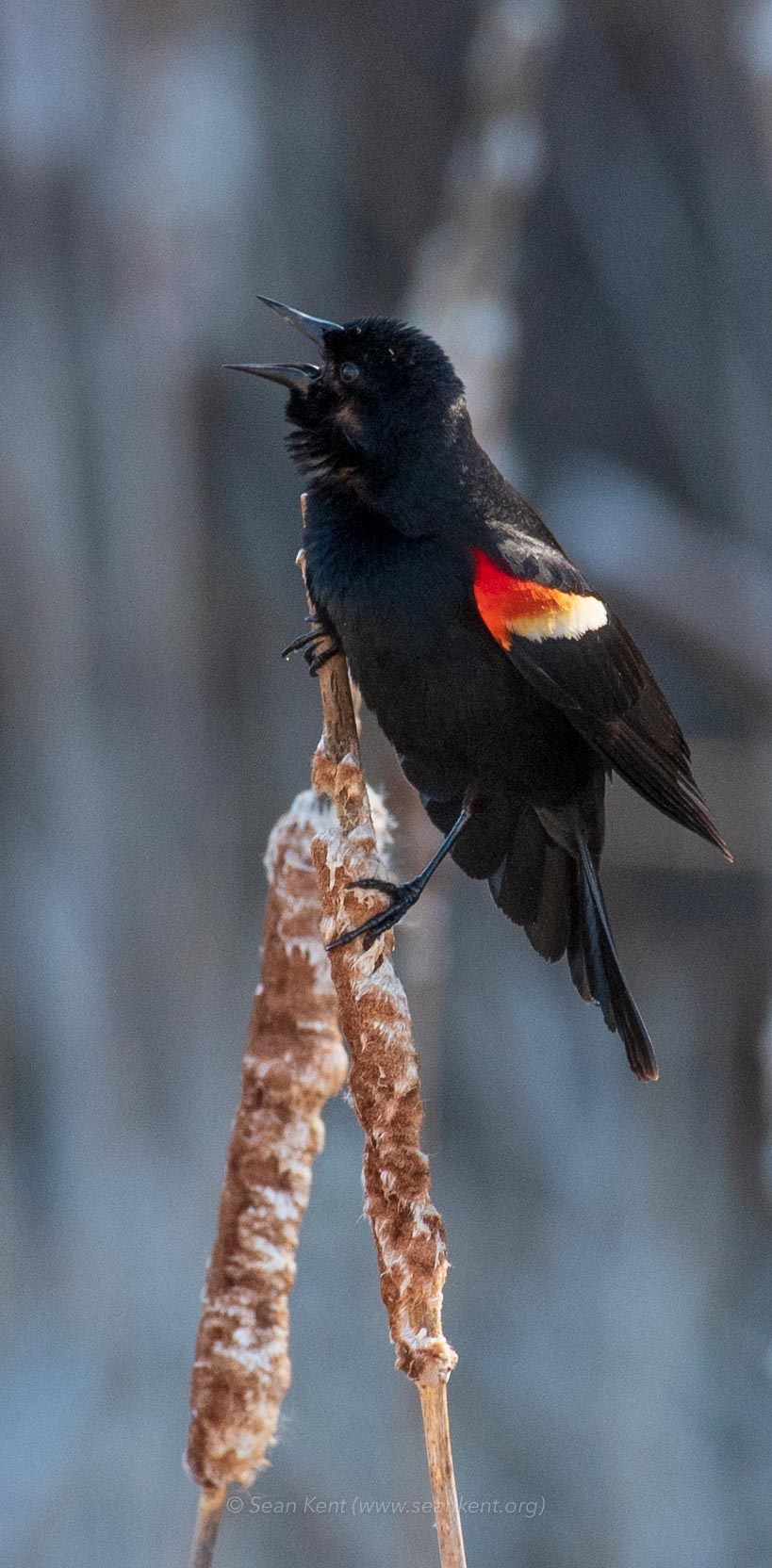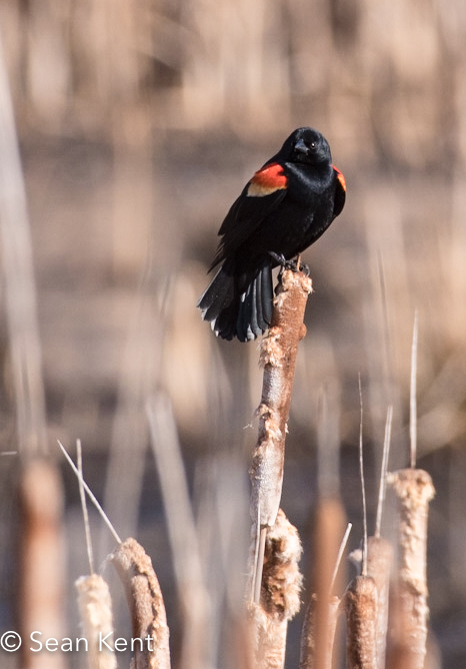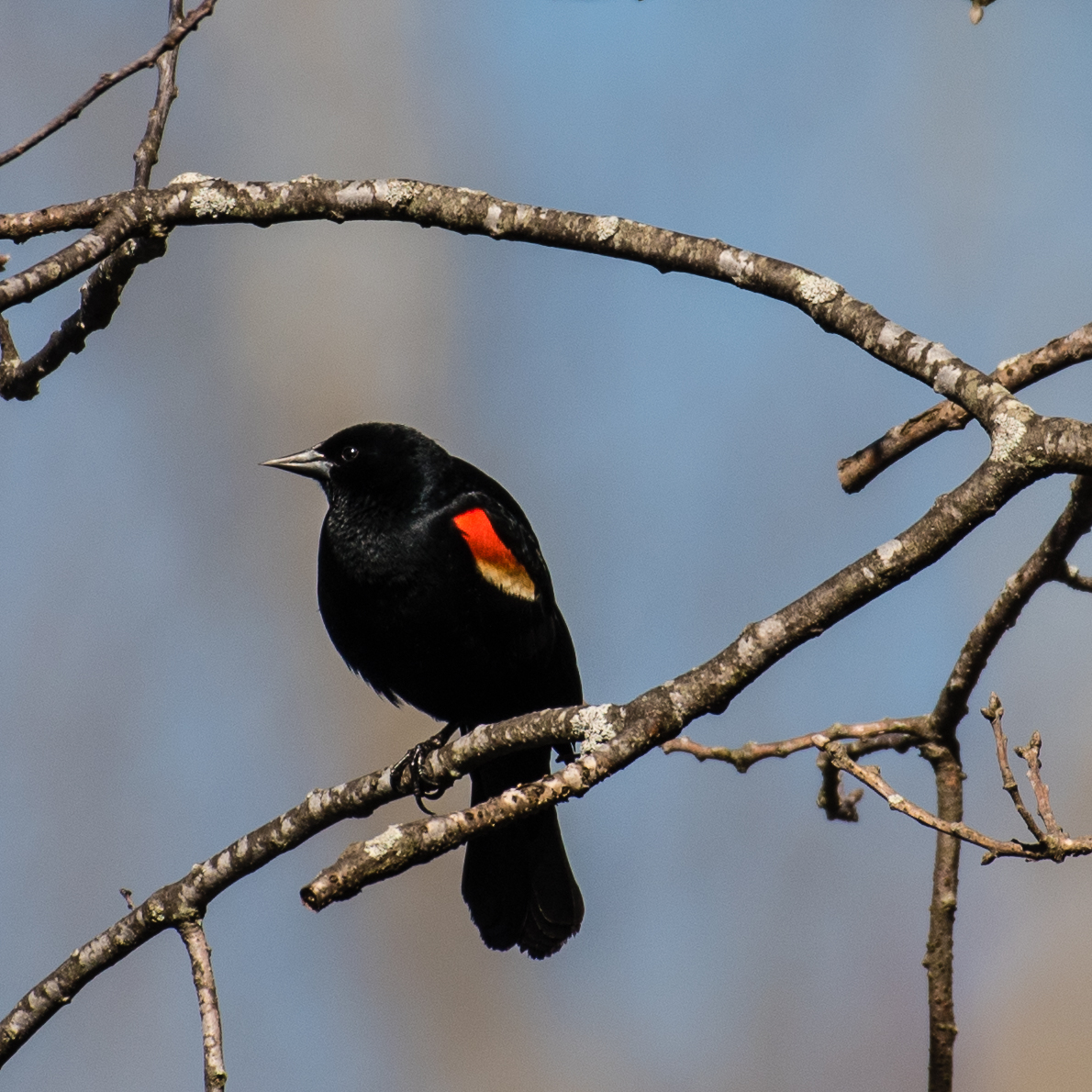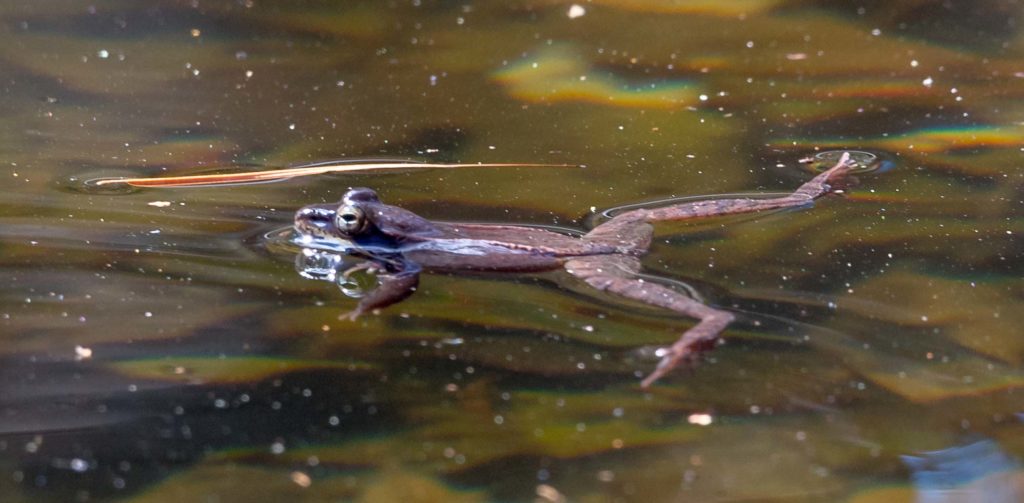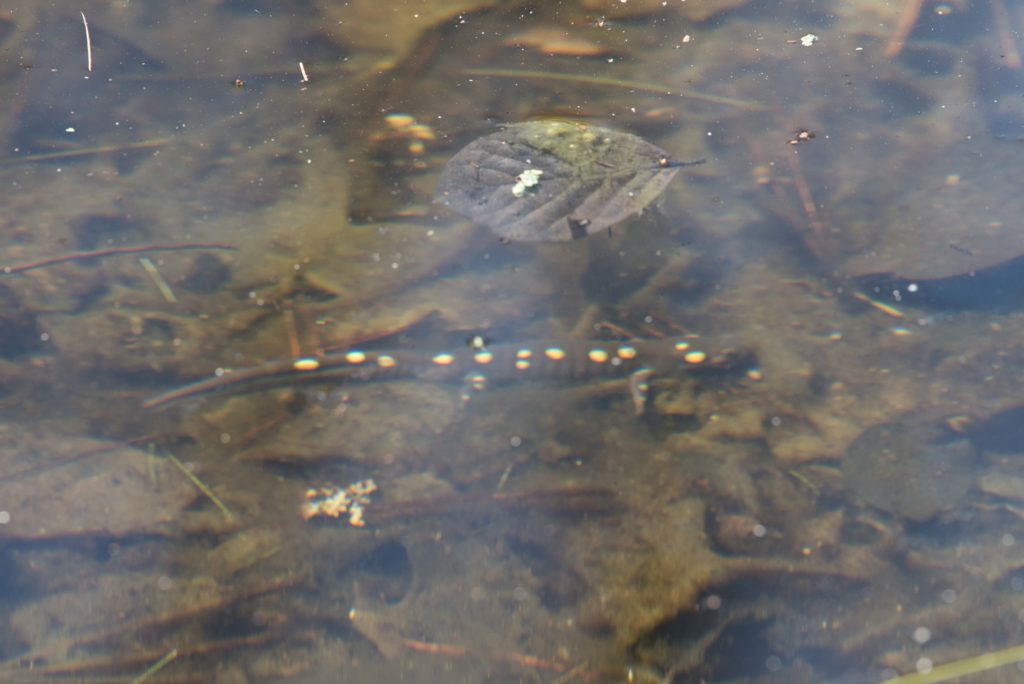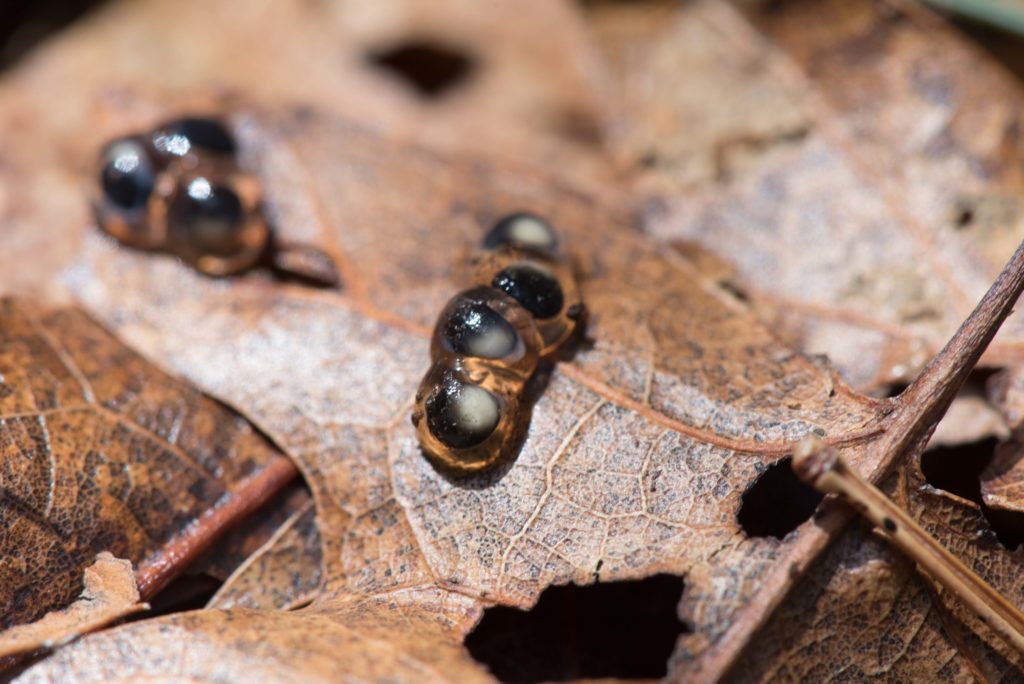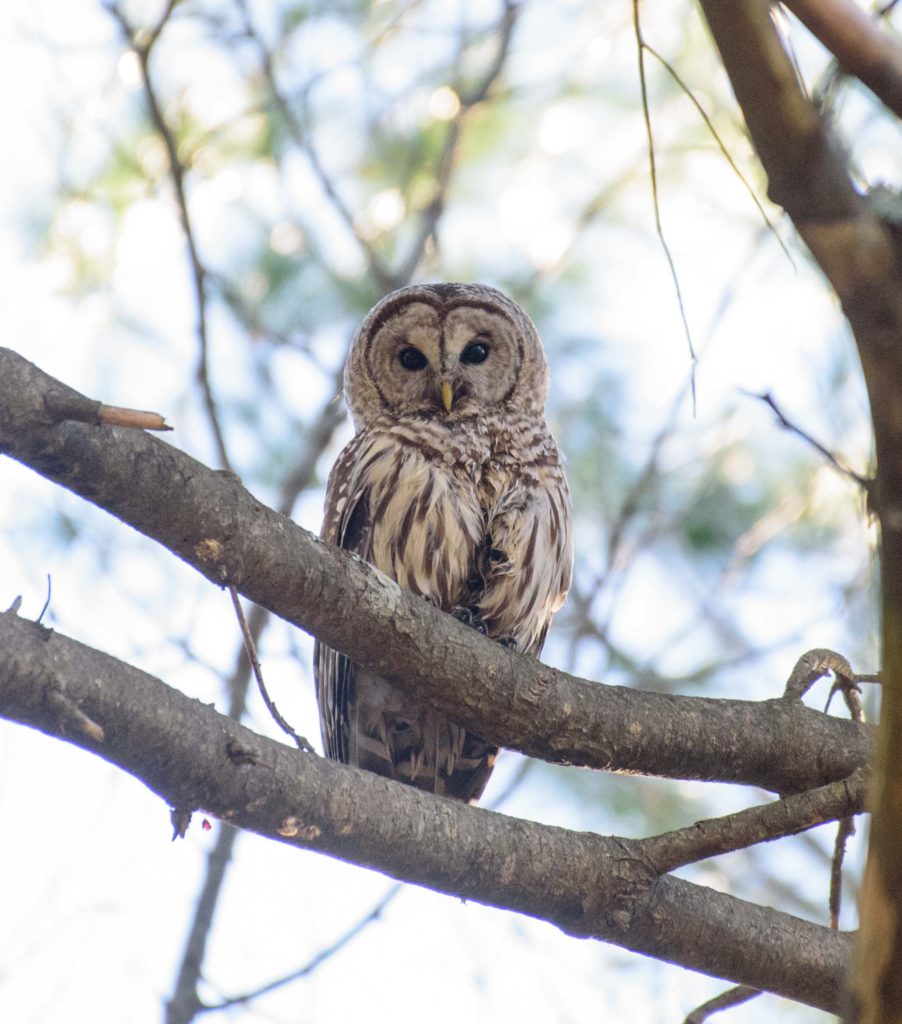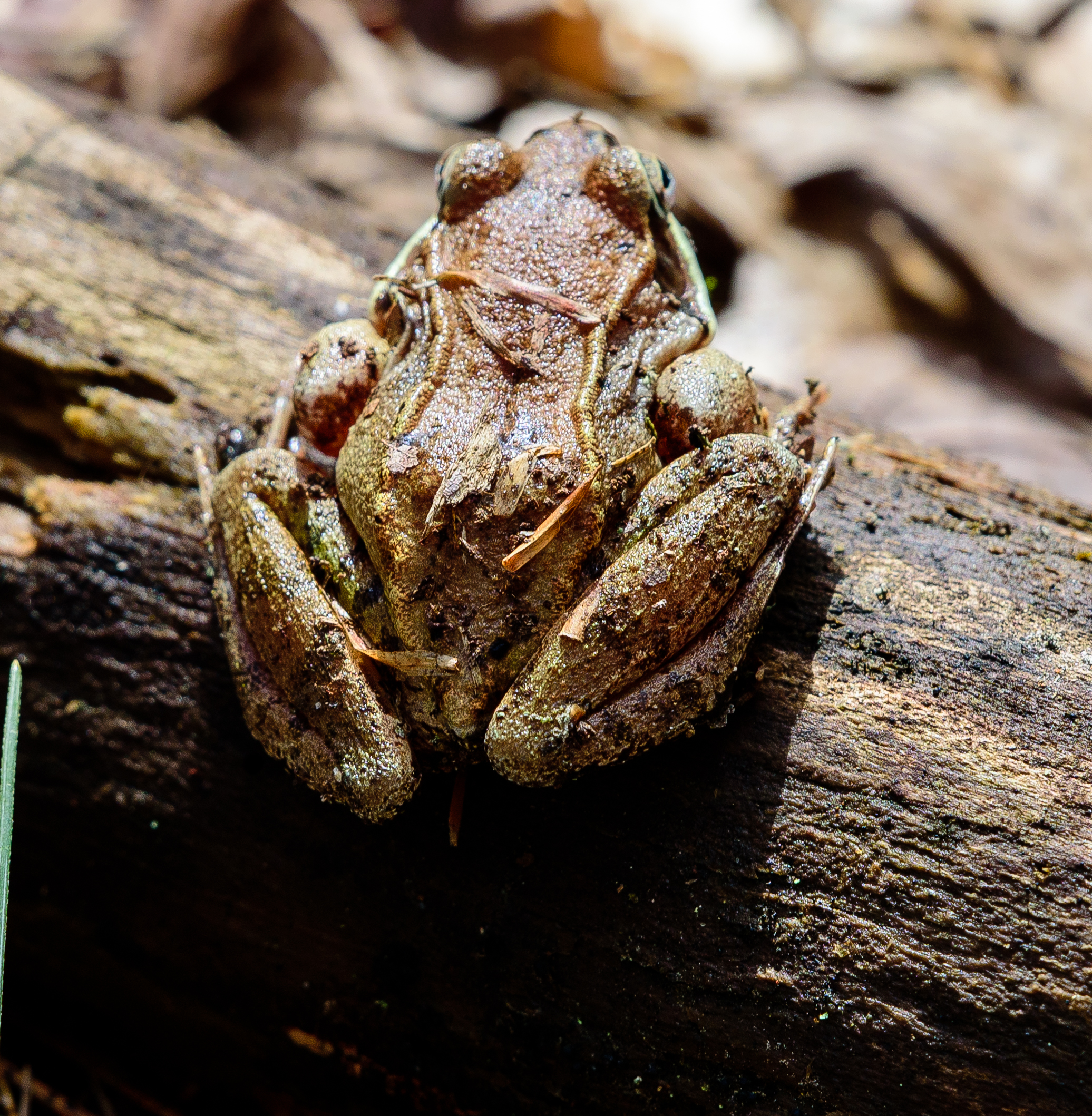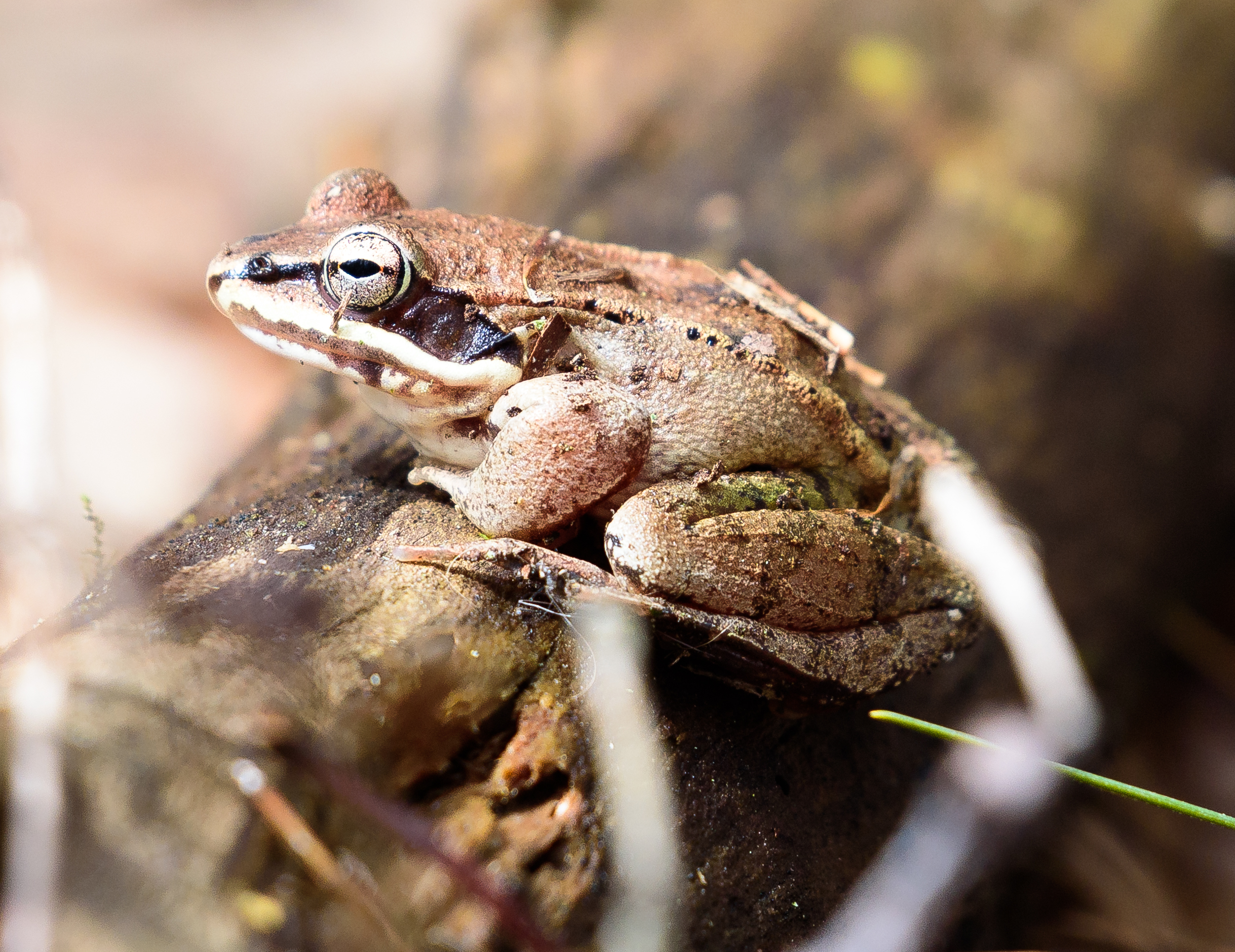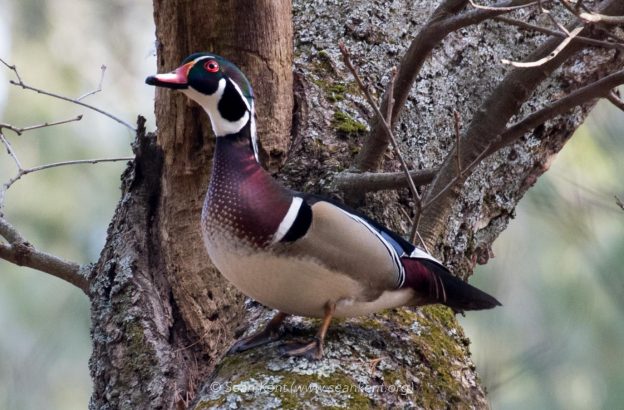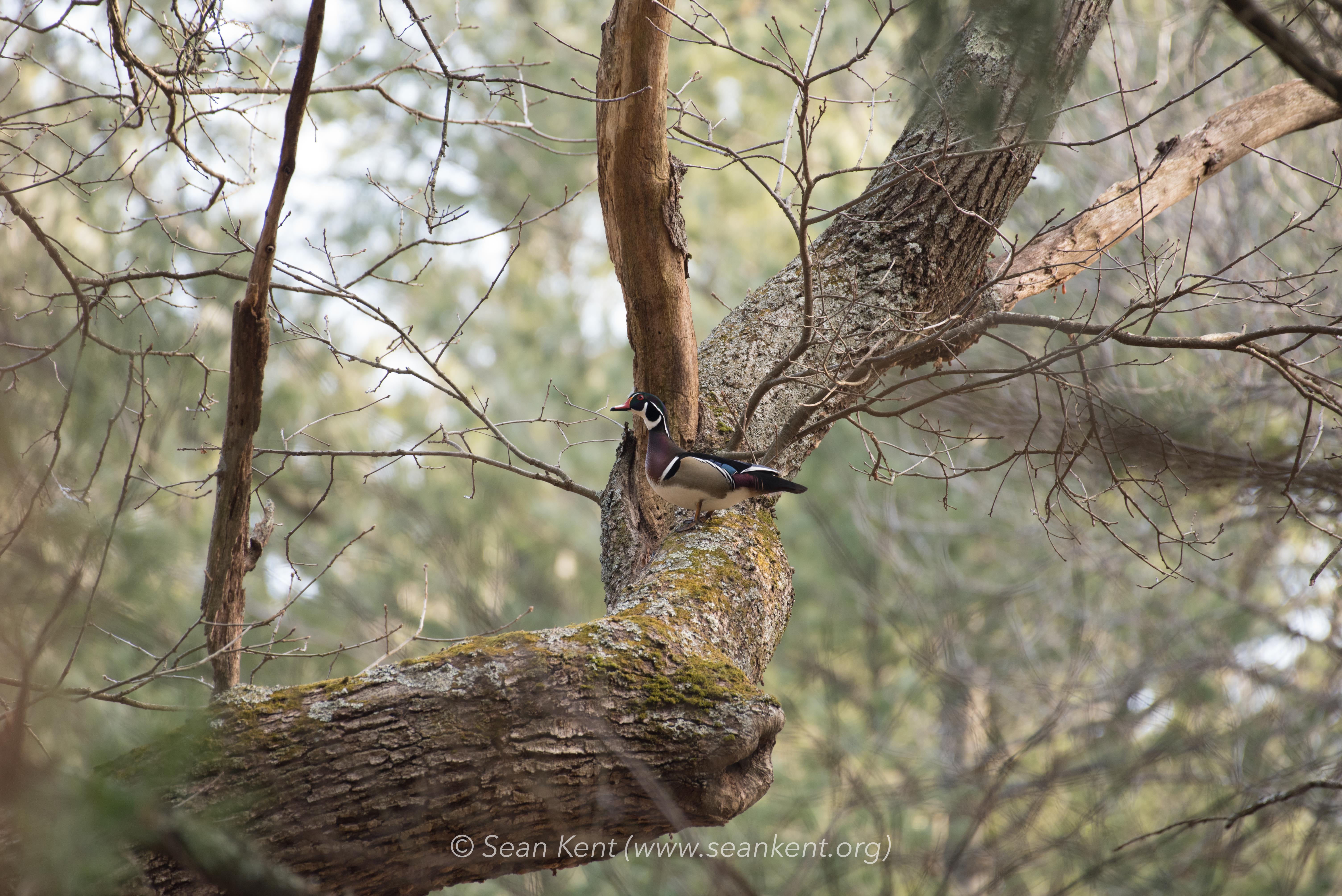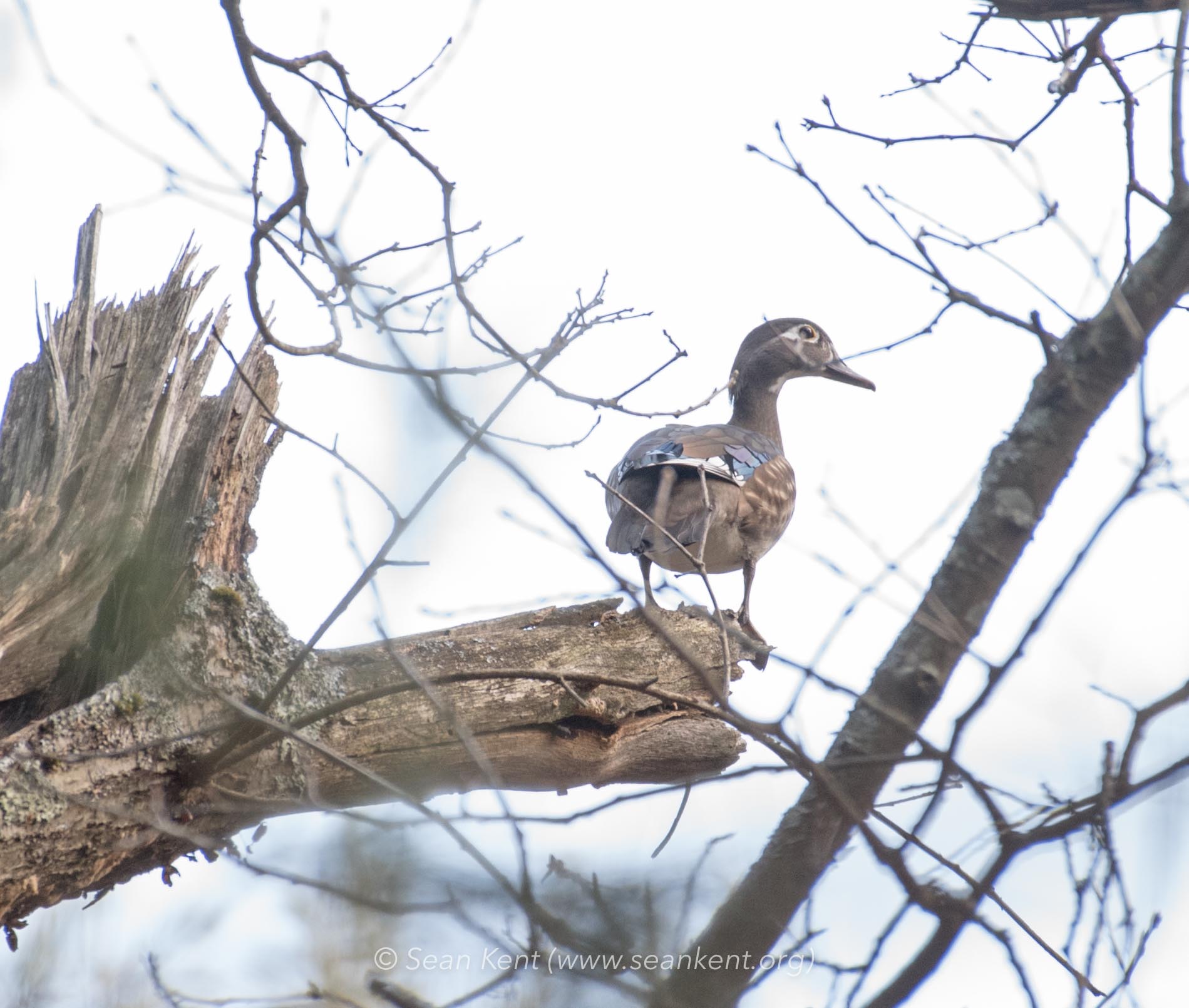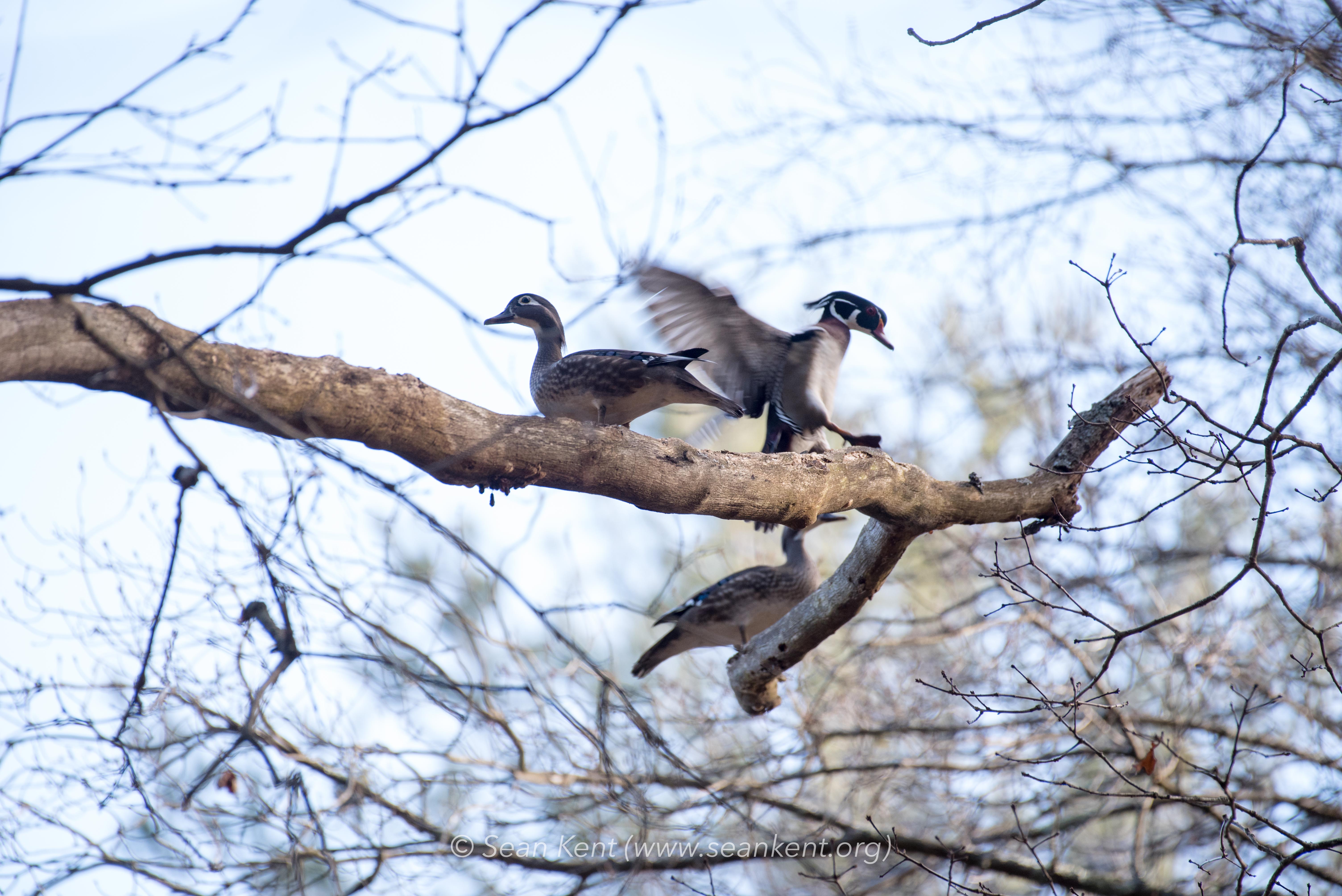May 19, 2016
Marblehead Neck Wildlife Sanctuary, Marblehead
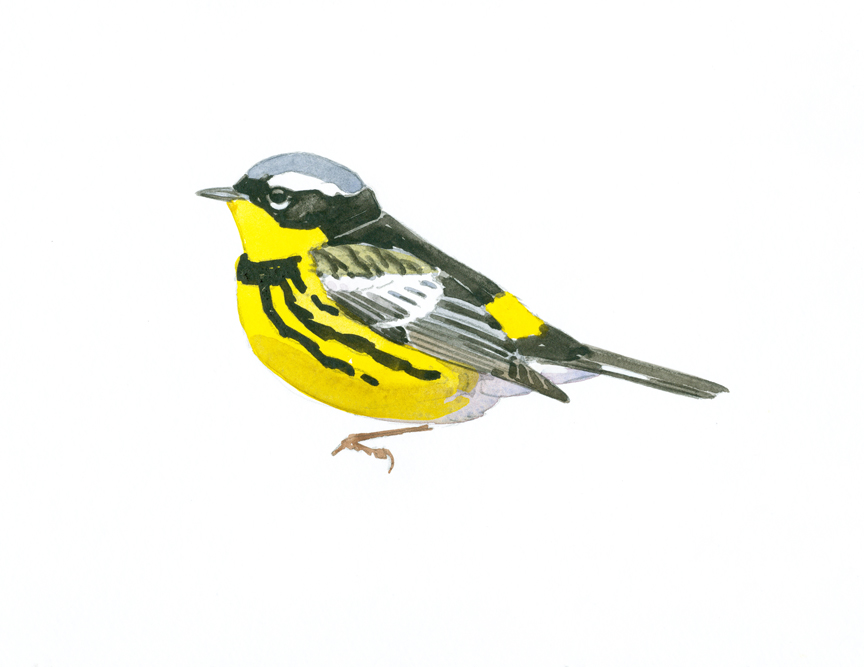
Magnolia Warbler, male, watercolor on Fluid 100 cold-press, 7″ x 10″
In New England, May is the busiest month for Spring songbird migration, and most birders agree that the 2nd and 3rd weeks of May are prime time. This is when the greatest numbers and variety of migrating passerines move through Massachusetts.
Two Mass Audubon properties are of particular note at this time of year. Marblehead Neck Wildlife Sanctuary and Nahant Thicket Wildlife Sanctuary are well known “migrant traps” – small plots of woodland on heavily developed peninsulas surrounded by the Atlantic Ocean.
As with most types of birding, hitting a place like this on just the right day is largely a matter of luck, but visiting during the prime weeks aforementioned gives one a pretty good chance of having a good day. The days I visited did not coincide with any spectacular “fall-outs”, but neither did they disappoint. I saw 16 species of warblers in the course of my two visits, plus a smattering of vireos, thrushes, tanagers, orioles and gnatcatchers.
Traveling to these heavily developed areas from other parts of the state, one must anticipate traffic – HEAVY traffic at certain times of the day. I realized I would need to: a.) start out pre-dawn and try to arrive at the destination before the morning traffic rush begins or b.) travel later in the morning when rush hour is tapering off. I chose the second option for Marblehead Neck, and the first for Nahant Thicket.
Arriving at the Marblehead Neck parking area at 10:15am, I claimed the last parking spot. It had been a busy morning, and some birders were just returning to their cars. They had the usual report, which was basically: “You should have been here yesterday.” However, I could hear a Blackpoll Warbler, a Magnolia Warbler and a Black-throated Green from the parking lot, so how bad could it be?
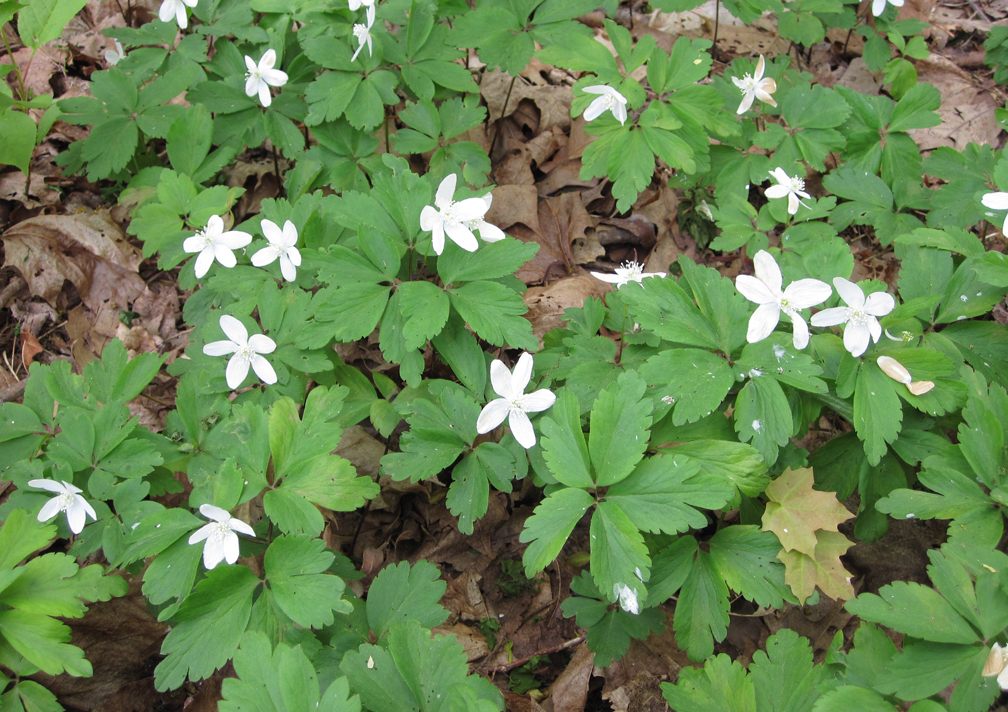
Wood Anemones
Wood Anemones are in full bloom along the Warbler Trail, and as I near the small pond at the end of the Vireo Loop, I hear the “burt-burt” calls of a Northern Rough-winged Swallow. A pair is using a snag above the pond – periodically perching and preening between bouts of aerial foraging. I seldom see Rough-wings perched, so take the time to make a quick sketch, noting that the wingtips are often held below the tail.
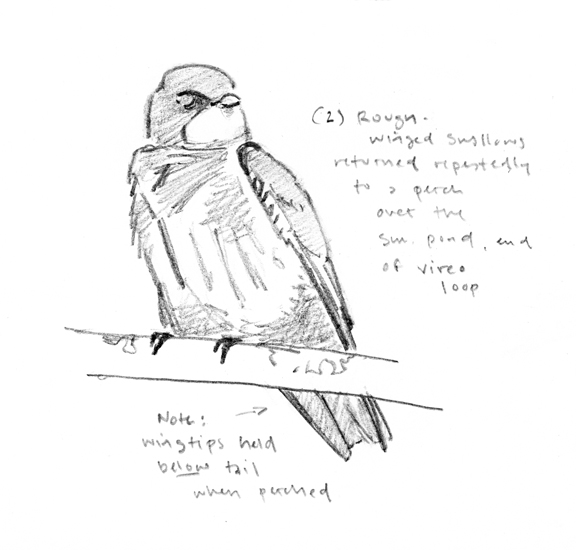
While a brilliant tanager, grosbeak or oriole can steal the show momentarily, it’s the wood warblers that are the star attraction here. On the way to Audubon Pond I begin to get a sense for which warbler species are most abundant today. Northern Parulas and Magnolia Warblers are everywhere, and Black-and-whites and Redstarts are nearly as common.
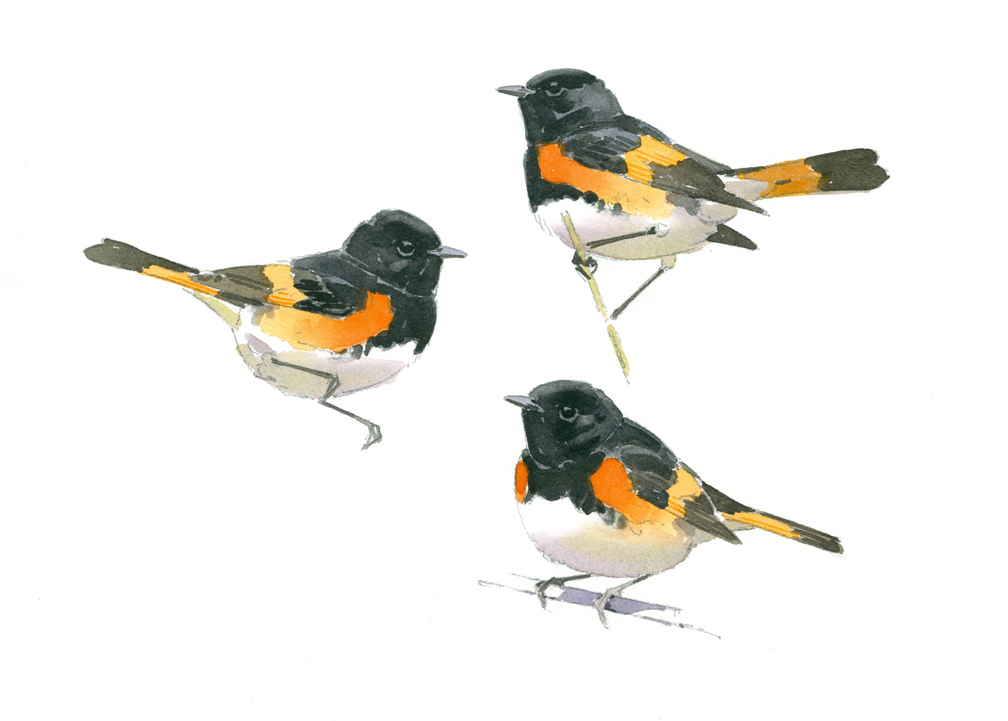
Redstart Studies, watercolor on Arches cold-press, 10″ x 13″
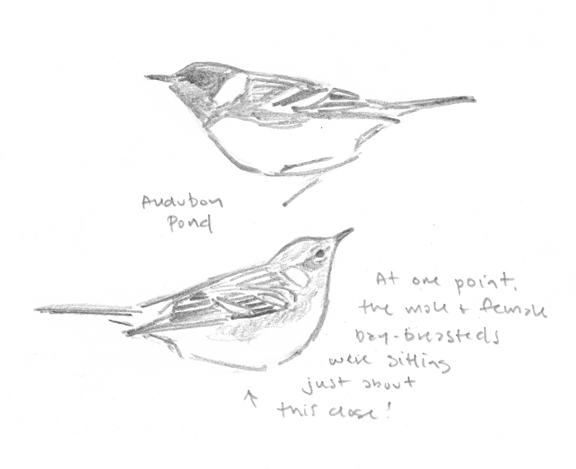
Sketchbook study, pencil, 5″ x 5″
At the pond, I spy a handsome male Bay-breasted Warbler foraging in a flowering oak, and a short time later spot the female. The pair keeps in close proximity to one another, and at one point I have both of them in my binocular field at once, perched only inches apart. I refine my sketches later to make careful studies of both the male and female.
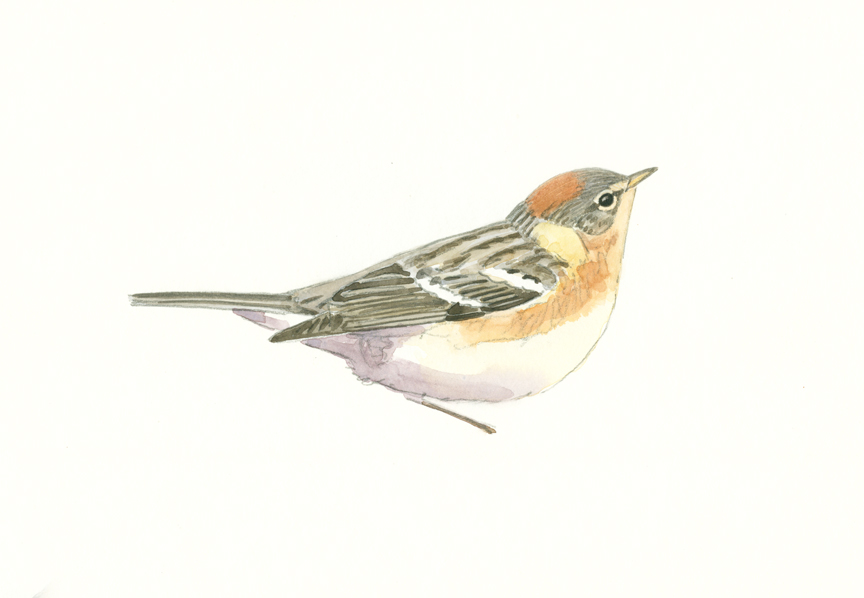
Female Bay-breasted Warbler, watercolor in Stillman and Birn Delta sketchbook, 9″ x 12″

Male Bay-breasted Warbler, watercolor in Stillman and Birn Delta sketchbook, 9″ x 12″
With so many birds to sketch and all of them moving about, I content myself with pencil studies, observing with binoculars. It’s a challenging way to draw, and demands all the visual memory I can muster. With species I haven’t drawn recently, I have to re-learn the field marks – struggling to get all those stripes, spots and bars in just the right places.
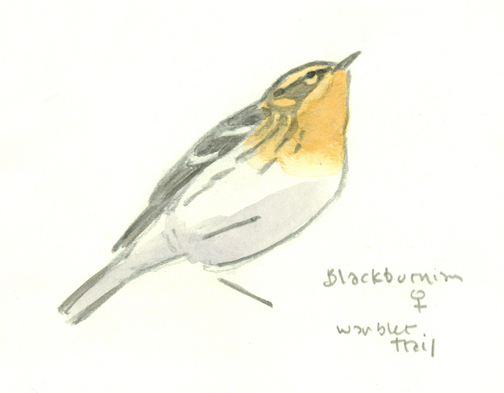
Sketchbook study, 3.5″ x 5″
A female Blackburnian Warbler is a nice surprise on the Warbler Trail. No male “fire-throat” today, but the female’s throat has a lovely bright apricot color.

Up ‘til now, the morning has been gray and overcast, but at 2 pm the sun breaks out and the day warms quickly. Birdsong tapers off and the action slows. On my way back to the parking area, I give my “warbler’s neck” a rest, and admire a patch of Solomon ’s Seal that forms an attractive pattern on the forest floor.

